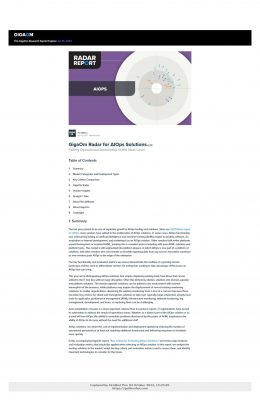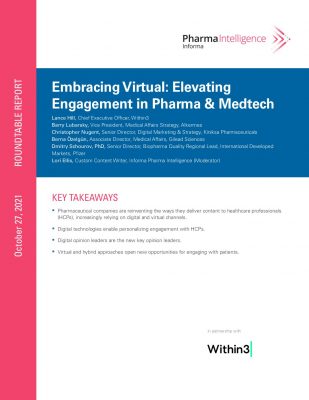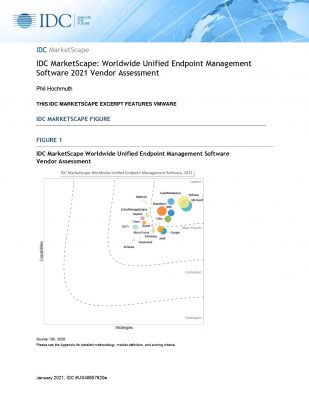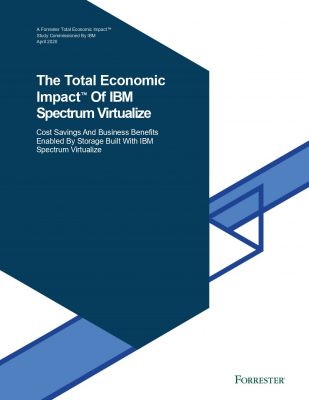Highlights
- SPEC’s new virtualization benchmark is out after a gap of eight long years.
- The new tests are designed to test the combined performance of hypervisors and servers.
- The Chair of the SPEC Virtualization Committee said that a new benchmark is available for everyone who wants to develop an SDK for their hypervisor.
- It is expected that SPEC committee members will share their results of implementing the benchmark in numbers soon.
The Standard Performance Evaluation Corporation (SPEC) has publicized its first new virtualization benchmarks after eight years. The new SPECvirt Datacenter 2021 benchmark requires four hosts. Better late than never, it has come to terms with modern data center realities. The old server (SPEC VIRT_SC 2013) had just one host as its prime objective was to help users gauge the performance of server consolidation during peak times.
The new test is designed to measure the combined performance of various servers and hypervisors. Currently, only two hypervisors can be supported: Red Hat Virtualization (version 4.x) and VMware vSphere (versions 6.x and 7.x).
David Schmidt, the SPEC’s Virtualization Committee chair, said, “Red Hat and VMware were included because they are paid up group members. The new benchmark can be used by anyone who wants to develop an SDK for their hypervisor.”
According to Schmidt, Microsoft, which has a vast market share in Hyper-V, didn’t want to play in the market due to its other SPEC projects.
SPECvirt Datacenter 2021 runs in three phases. For starters, it assumes that most hosts are in maintenance mode, then brings more hosts online to test load balancing. The third phase of tests saturates all four hosts and gives them a solid workout. The benchmark tests the way hypervisors manage resources throughout a data center and stimulate performance under these five workloads:
- A departmental web server
- A departmental mail server
- A departmental collaboration server
- OLTP database, based on HammerDB benchmark
- Hadoop/Big data cluster basis BigBench benchmark
The new benchmark for Windows 7 has been released, and it features various configurations of servers and CPUs. It includes Lenovo ThinkSystem SR665 servers, AMD EPYC 7763 CPUs, and vSphere 7.0U2a.
The 64-bit CPU found its way to servers through Lenovo’s single-socket models. However, it was then decided to use it in two-socket machines for its benchmark run.
SPEC’s virtualization committee comprises members from various companies such as Intel, IBM, and HPE, who have made contributions. Schmidt said the long period between benchmarks is attributable to the complexities of creating a valid test. He added that he expects the committee members to publish more benchmarks and hopes that organizations that test their work will also post the numbers they generate.























































